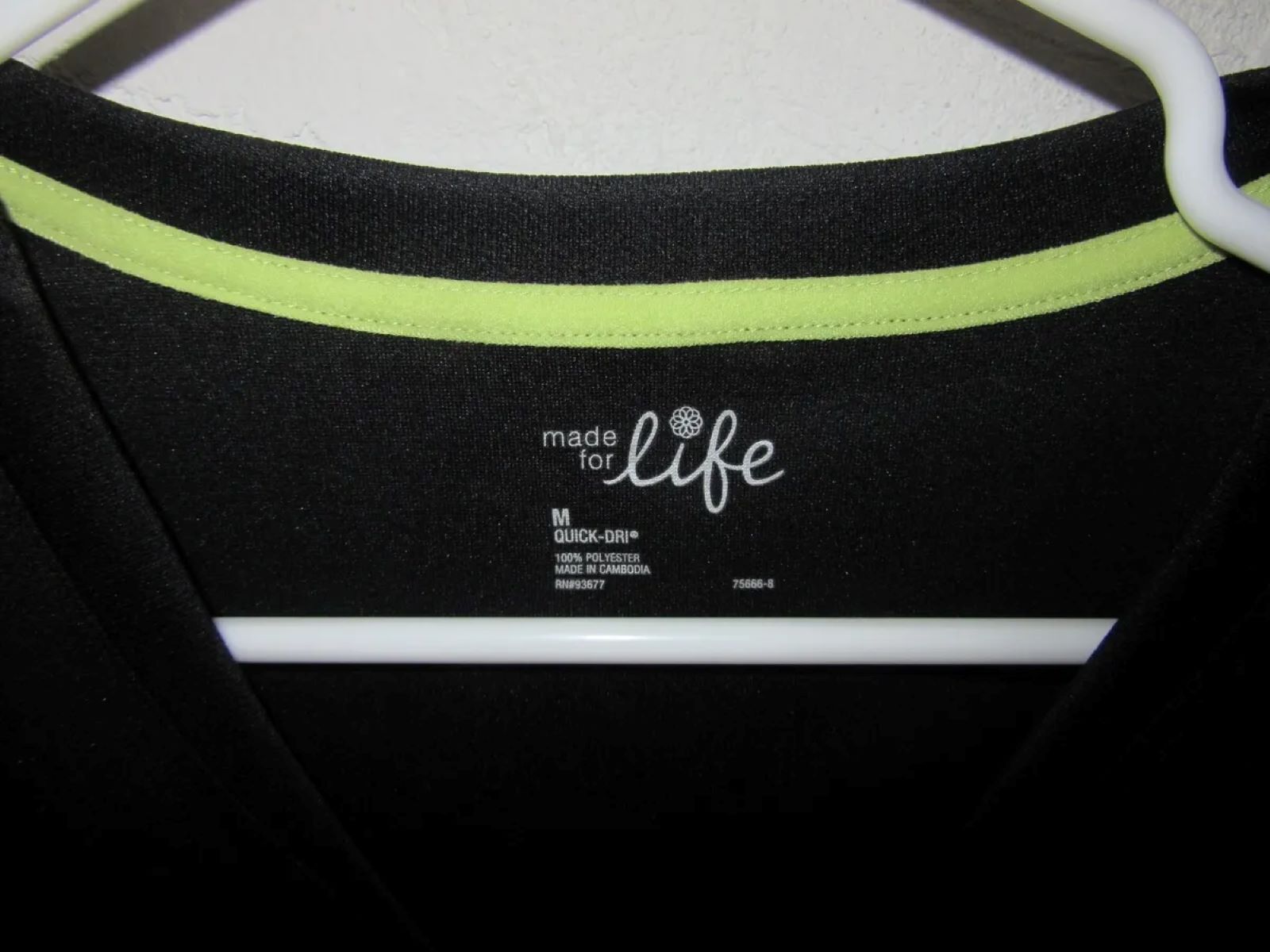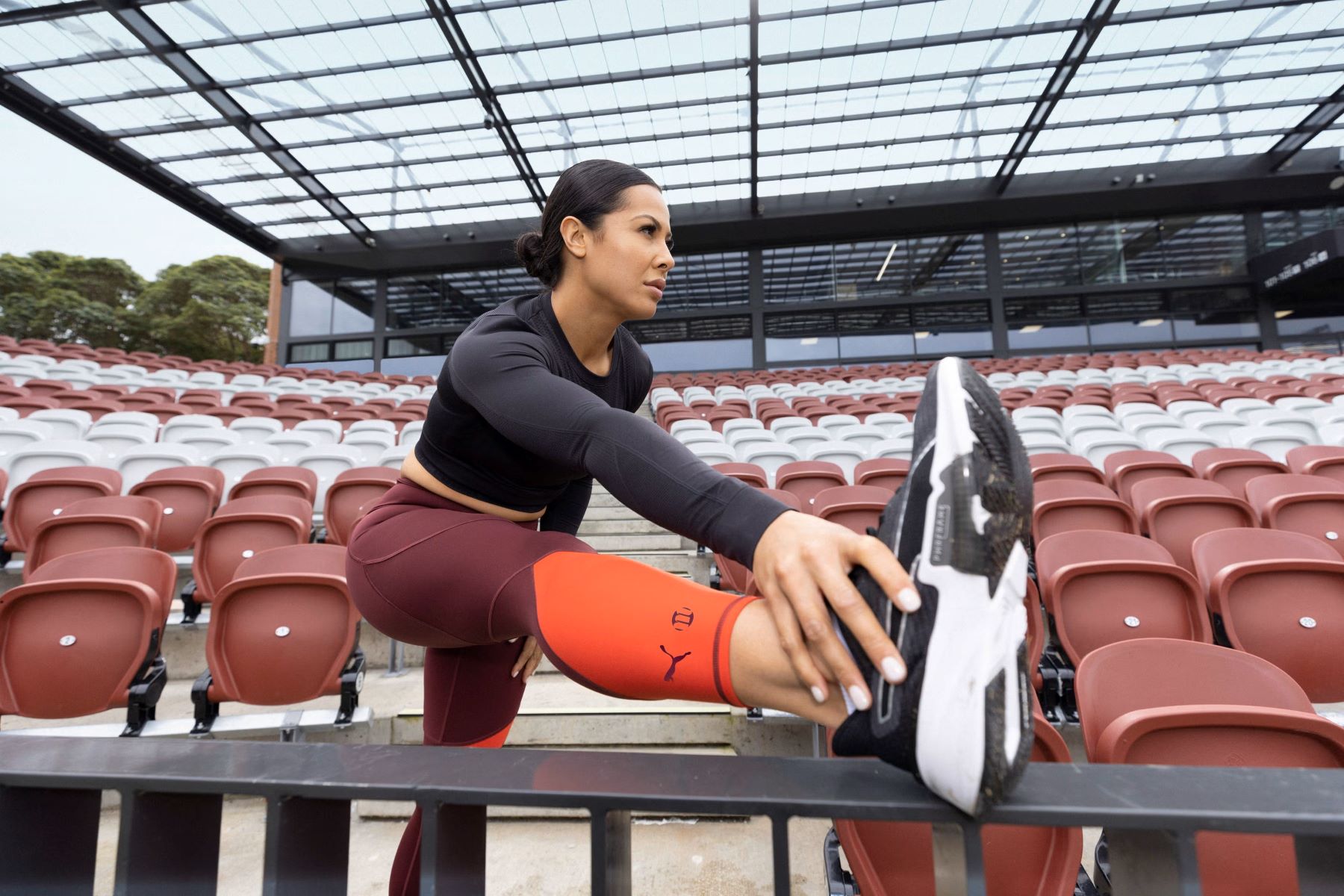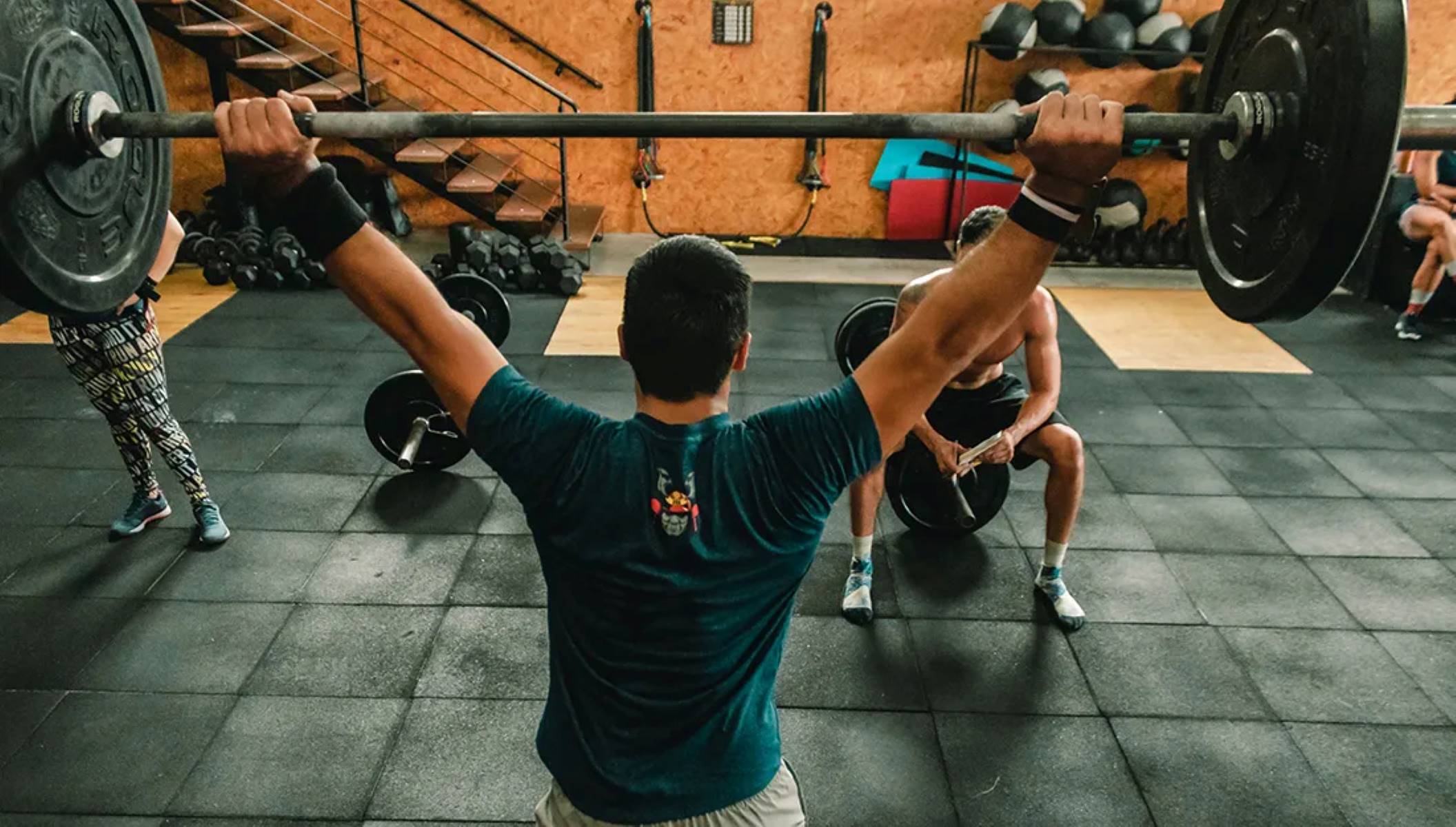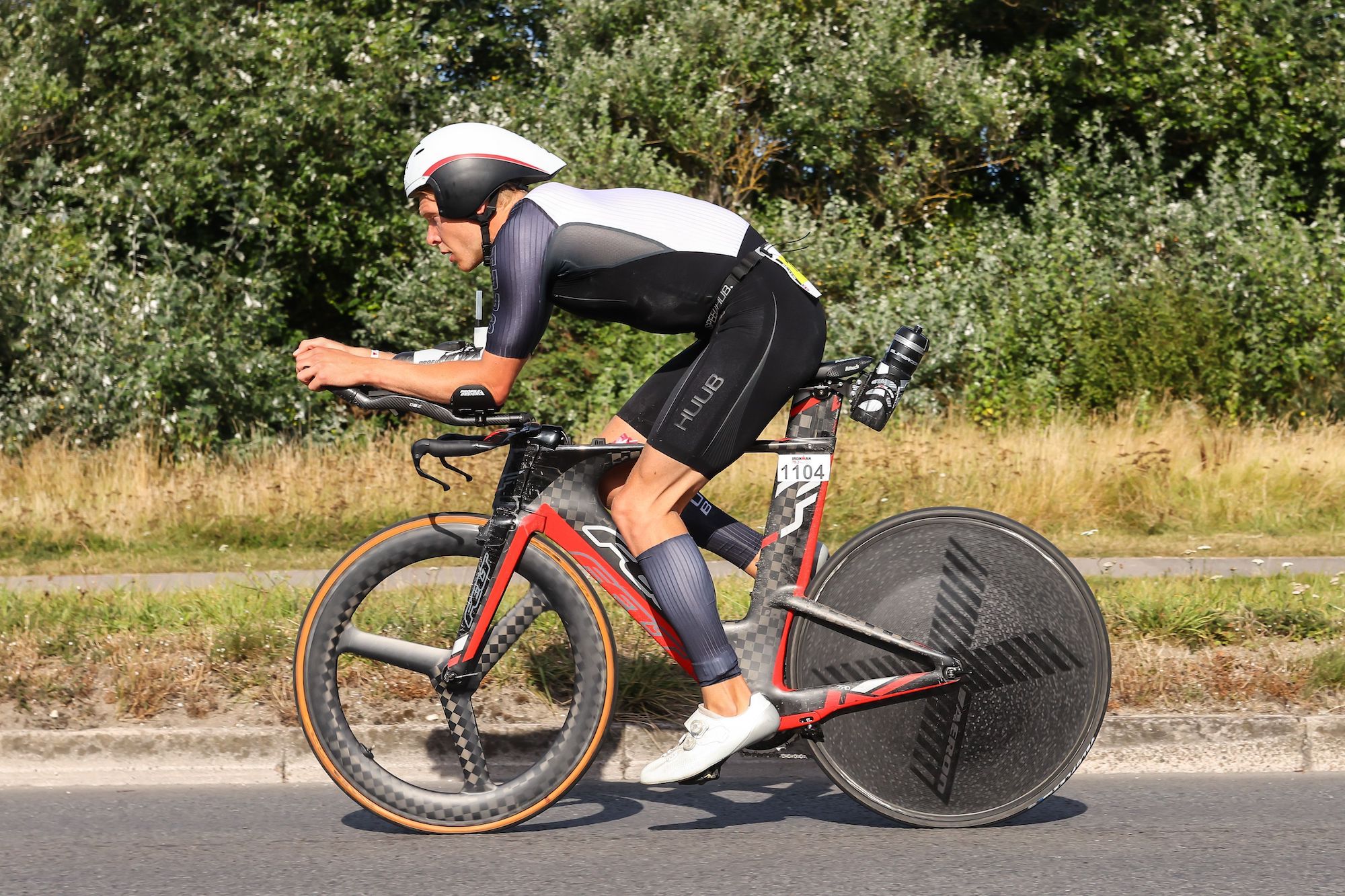Home>Misc>Featured>What Environmental Factors Affect The Development Of Athletic Wear


Featured
What Environmental Factors Affect The Development Of Athletic Wear
Modified: January 2, 2024
Discover the key environmental factors that influence the creation and design of athletic wear. Stay updated with the latest featured styles and trends in performance apparel.
Introduction
Athletic wear has become a significant part of our modern lifestyle. Whether it’s for running, yoga, or any other form of physical activity, having the right clothes can make a significant difference in performance and comfort. However, the development and evolution of athletic wear are not solely driven by fashion trends or style preferences. Environmental factors play a crucial role in shaping the design, functionality, and production of these garments.
When it comes to athletic wear, various environmental factors come into play, influencing everything from fabric choices to manufacturing processes. Climate and weather conditions, material and fabric choices, sustainability and ethical production, technology and innovation, as well as consumer demand and market trends, are all factors that directly impact the development of athletic wear.
In this article, we will explore each of these factors and their influence on the athletic wear industry. By understanding how these factors shape the creation of athletic apparel, we can gain a deeper appreciation for the functionality and thoughtfulness behind our favorite workout gear.
Climate and Weather Conditions
When designing athletic wear, one of the most important considerations is the climate and weather conditions in which the garments will be used. Different sports and activities require different levels of protection and breathability to optimize performance and comfort.
In colder climates, insulation and moisture-wicking properties are crucial to keep athletes warm and dry during outdoor activities. Fabrics such as fleece, thermal materials, and water-resistant coatings are commonly used to provide warmth and protection against the elements. Additionally, the design may include features like adjustable hoods, windproof panels, and multiple layers to allow for customizable coverage.
On the other hand, in warmer climates, breathability and moisture management become key features. High-performance athletic wear often incorporates fabrics that have moisture-wicking properties to keep the body cool and dry during intense workouts. Mesh panels and strategic ventilation are often incorporated into the design to enhance air circulation and allow for better heat dissipation.
Furthermore, the inclusion of UV protection is of utmost importance, especially in areas with high sun exposure. Athletic wear companies understand the significance of shielding athletes from harmful UV rays and incorporate UPF (Ultraviolet Protection Factor) features in their garments. This ensures that athletes can enjoy their outdoor activities without compromising their skin’s health.
Adapting to different climate conditions is also crucial for athletes who travel to compete in various parts of the world. Athletic wear designed for versatility takes into account the varying temperatures and weather patterns that athletes may encounter. This flexibility allows athletes to focus on their performance without being hindered by uncomfortable weather conditions.
Overall, climate and weather conditions significantly impact the design and functionality of athletic wear. By understanding the specific needs of athletes in different environments, manufacturers can create garments that optimize performance and enhance the overall athletic experience.
Material and Fabric Choices
Choosing the right materials and fabrics is essential in the development of high-quality athletic wear. The materials used can greatly impact the performance, durability, and comfort of the garments.
One of the most commonly used materials in athletic wear is synthetic fibers like polyester, nylon, and spandex. These materials offer excellent moisture-wicking properties, durability, and stretchability. Polyester, for example, is known for its ability to wick away sweat from the body, leaving the athlete feeling dry and comfortable during intense workouts. Nylon provides strength and durability, making it ideal for activewear that needs to withstand rigorous use. Spandex offers excellent flexibility and stretch, allowing for full range of motion during various physical activities.
Natural fibers such as cotton are also used in athletic wear, but they are often blended with synthetic fibers to enhance their performance. Cotton has a comfortable and breathable feel, but it tends to absorb moisture rather than wick it away. By blending cotton with synthetic fibers, athletic wear manufacturers can achieve a balance between comfort and performance.
In recent years, sustainable and eco-friendly materials have become increasingly popular in the athletic wear industry. Recycled polyester, for example, is made from post-consumer plastic bottles and offers the same performance benefits as virgin polyester. Organic cotton is also gaining traction as it is grown without the use of harmful chemicals and pesticides.
Another innovative fabric choice in athletic wear is bamboo fiber. Bamboo is a highly renewable resource that requires minimal water and no pesticides to grow. It offers natural moisture-wicking properties, breathability, and antimicrobial properties, making it an excellent choice for activewear.
The choice of fabric also depends on the specific requirements of the sport or activity. For example, swimwear is often made from materials like nylon and spandex that can withstand exposure to chlorine and provide optimal stretch and support in water environments. Similarly, outdoor athletic wear may incorporate water-resistant or waterproof fabrics to keep athletes dry in rainy conditions.
By carefully selecting materials and fabrics, athletic wear manufacturers can create garments that offer a perfect balance of performance, comfort, and sustainability.
Sustainability and Ethical Production
In recent years, there has been a growing awareness of the environmental impact of the fashion industry. This has led to a greater emphasis on sustainability and ethical production practices in athletic wear manufacturing.
Sustainable athletic wear aims to minimize the negative environmental footprint by using eco-friendly materials and implementing responsible production processes. This includes using recycled fabrics, reducing water and energy consumption during manufacturing, and minimizing waste and pollution. Additionally, sustainable brands often prioritize fair trade practices, ensuring that workers are treated ethically and paid fair wages.
Many athletic wear companies are now incorporating recycled materials into their production. This includes using recycled polyester made from plastic bottles or recycled nylon to reduce dependence on virgin materials. By repurposing waste materials, these brands contribute to reducing the amount of plastic pollution and resource consumption.
Ethical production practices involve prioritizing the welfare and fair treatment of workers involved in the manufacturing process. This includes providing safe working conditions, fair wages, and ensuring that workers are not subjected to exploitation or forced labor. Ethical brands often have certifications or affiliations with organizations that advocate for worker rights and fair trade practices.
Transparency in the supply chain is also important in maintaining ethical production standards. Brands that can trace their materials back to their source and ensure that they are produced in an environmentally and socially responsible manner build trust with consumers who value sustainability and ethical practices.
Consumers are increasingly conscious of the impact their purchases have on the environment and society as a whole. This has led to a rise in demand for sustainable and ethically produced athletic wear. Brands that prioritize sustainability and ethical production not only contribute to a greener and more socially responsible industry but also attract environmentally conscious consumers.
By choosing sustainable and ethically produced athletic wear, individuals can support a more sustainable and fair industry while still enjoying high-performance and stylish activewear.
Technology and Innovation
Technology and innovation have revolutionized the development of athletic wear, leading to garments that are more advanced, functional, and performance-enhancing than ever before. The incorporation of cutting-edge technologies and innovative designs has significantly impacted the athletic wear industry.
One of the key areas of innovation in athletic wear is fabric technology. Advancements in fabric engineering have led to the creation of moisture-wicking fabrics that draw sweat away from the skin, keeping athletes dry and comfortable during intense workouts. Additionally, fabrics with anti-odor properties and UV protection capabilities have become more prevalent, enhancing the overall performance and durability of athletic wear.
The use of compression technology is another significant advancement in athletic wear. Compression garments help improve blood circulation, reduce muscle fatigue, and enhance performance by providing support and stability. The tight-fitting nature of compression wear also aids in muscle recovery post-workout.
Seamless construction is another innovation that has gained popularity in athletic wear. Seamless garments are made using special knitting techniques that eliminate the need for seams, providing a comfortable and chafe-free experience for athletes. Seamless construction also allows for greater flexibility and mobility, enabling athletes to move without restrictions during their workouts.
Smart textiles and wearable technology are emerging trends in the athletic wear industry. These garments are embedded with sensors and electronic components that track various fitness metrics such as heart rate, steps taken, and calories burned. They can also monitor body temperature and muscle activity, providing real-time feedback to athletes. Some smart textiles even have integrated GPS capabilities, allowing athletes to track their routes and performance.
Innovations in garment design are also worth noting. Designers are incorporating ergonomic features such as strategic ventilation and stretch panels to enhance breathability and comfort. Reflective elements are integrated into the design for better visibility during low-light conditions. Many athletic wear brands also focus on providing a wide range of inclusive sizes and fits to ensure that athletes of all body types can find suitable and comfortable clothing.
Overall, technology and innovation are driving the development of athletic wear, enabling athletes to perform at their best while staying comfortable and protected. The continuous improvements and advancements in fabric technology, garment construction, and wearable technology are fueling a new era of high-performance athletic wear.
Consumer Demand and Market Trends
Consumer demand and market trends play a significant role in shaping the development of athletic wear. As the popularity of sports and fitness activities continues to grow, so does the demand for stylish, functional, and innovative athletic wear.
One of the key factors driving consumer demand is the desire for athleisure wear. Athleisure refers to clothing that is designed for both athletic pursuits and casual wear. The convenience and comfort offered by athleisure apparel have made it a popular choice for consumers who prioritize functionality without compromising style. The athleisure trend has influenced the design and aesthetics of athletic wear, blurring the line between workout gear and everyday clothing.
Another significant trend in the athletic wear market is personalization. Consumers are increasingly seeking customized products that cater to their unique preferences and needs. Many athletic wear brands offer customization options, allowing customers to choose colors, patterns, and even add their names or initials to their garments. This level of personalization enhances the overall customer experience and creates a sense of exclusivity.
Social media and influencers have also played a significant role in shaping consumer demand and market trends in athletic wear. The rise of fitness influencers and celebrities showcasing their workout routines and stylish activewear on platforms like Instagram has led to increased interest in specific brands and styles. Consumers are influenced by the trends set by these influencers and are more likely to purchase products that align with their aspirations and the lifestyles they aspire to have.
The growing focus on inclusivity and body positivity has had a profound impact on the athletic wear industry. Consumers are demanding a wider range of sizes and fit options to cater to diverse body types. Brands that prioritize inclusivity and offer extended size ranges are gaining popularity among consumers, as they strive to make athletic wear accessible to everyone.
Sustainability has also become an important consideration for consumers. As awareness of environmental issues grows, consumers are seeking out brands that prioritize sustainable and eco-friendly practices. This includes using recycled materials, reducing waste and carbon emissions, and implementing ethical production processes. Brands that align with these values are well-positioned to attract environmentally conscious consumers.
Market trends in athletic wear are constantly evolving, and brands need to stay attuned to consumer demands to remain competitive. By incorporating elements of personalization, embracing inclusivity, and adopting sustainable practices, athletic wear brands can effectively cater to the changing needs and preferences of their customers.
Conclusion
The development of athletic wear is influenced by a variety of environmental factors that shape its design, functionality, and production. Climate and weather conditions determine the level of protection and breathability required, while material and fabric choices impact the performance and comfort of the garments. Sustainability and ethical production practices are becoming increasingly important, as consumers prioritize eco-friendly and ethically produced apparel.
Technology and innovation have revolutionized athletic wear, introducing advanced fabrics, compression technology, seamless construction, and smart textiles. These advancements enhance performance, comfort, and monitoring capabilities for athletes. Additionally, consumer demand and market trends drive the development of athleisure wear, customization options, inclusivity, and sustainability in athletic wear.
By understanding and incorporating these environmental factors and trends, athletic wear manufacturers can create high-quality, functional, and stylish apparel that meets the needs and desires of consumers. Whether it’s adapting to different climates, utilizing sustainable materials, or integrating innovative technologies, athletic wear continues to evolve to enhance the performance and experience of athletes.
As the demand for athletic wear continues to grow, it is crucial for brands to stay attuned to consumer preferences and market trends. By continuously innovating and adopting sustainable practices, athletic wear companies can shape a future where performance, comfort, and environmental responsibility go hand in hand.








